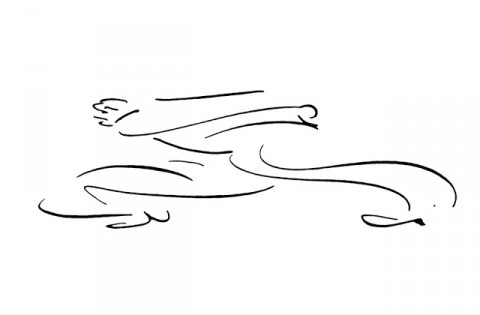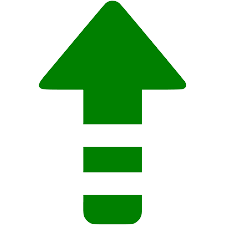
Runner 1907–1908
UK-born, Chicago-based artist Philip Hartigan has published a temporary video piece about Franz Kafka’s drawings. Kafka, in fact, wrote a frame of labor, maximumly never published during his existencetime, that captured the absurdity and the loneliness of the brand newly emerging modern global: In The Metamorphosis, Gregor transpaperwork in a single day into a large cockroach; in The Trial, Josef Ok. is charged with an undefined crime through a maddeningly inaccessible courtroom. In story after story, Kafka confirmed his professionaltagonists getting beaten between the pincers of a facemuch less bureaucratic creatority at the one hand and a deep sense of disgrace and guilt at the other.
On his deathbed, the well-knownly tortured author implored his pal Max Brod to burn his unpublished paintings. Brod omitted his pal’s plea and as an alternative published them – novels, brief stories or even his diaries. In the ones diaries, Kafka doodled incessantly – stark, graphic drawings infused with the similar angst as his writing. Actually, many of those drawings have finished up gracing the covers of Kafka’s books.
“Fast, minimal transferments that convey the typical depressioning temper of his fiction” says Hartigan of Kafka’s artwork. “I’m struck through how those simple gestures, those zigzags of the wrist, contain an economy of mark making that even essentially the most experienced artist can be informed somefactor from.”
In his e book Conversations with Kafka, Gustav Janouch describes what happened when he discovered Kafka in mid-doodle: the author immediately ripped the drawing into little items quite than have or not it’s noticed through anyone. After this happened a couple instances, Kafka relented and let him see his paintings. Janouch was once astonished. “You actually didn’t want to conceal them from me,” he complained. “They’re in line withfectly hurtmuch less comic stripes.”
“Kafka gradually wagged his head from side to side – ‘Oh no! They don’t seem to be as hurtmuch less as they give the impression of being. Those drawing are the stays of an outdated, deep-rooted passion. That’s why I attempted to cover them from you…. It’s no longer at the paper. The passion is in me. I all the time needed so that you can draw. I would likeed to peer, and to carry speedy to what was once noticed. That was once my passion.”
Take a look at a few of Kafka’s drawings beneath. Or definitely see the hotly-published edition, Franz Kafka: The Drawings. It’s the “first e book to publish all thety of Franz Kafka’s graphic output, including greater than 100 newly discovered drawings.”
Horse and Rider 1909–1910
3 Runners 1912–1913
The Philosopher 1913
Fencing 1917
If you want to join Open Tradition’s loose e mail newsletter, please in finding it right here. Or follow our posts on Threads, Facee book, BlueSky or Mastodon.
If you want to support the mission of Open Culture, consider making a donation to our web page. It’s arduous to depend 100% on advertisements, and your contributions will lend a hand us continue professionalviding the most efficient loose cultural and educational materials to be tolders eachthe place. You’ll be able to contribute thru PayFriend, Patreon, and Venmo (@openculture). Thank you!
Related Content:
Franz Kafka Says the Insect in The Metamorphosis Will have to Never Be Drawn; and Vladimir Nabokov Attracts It Anyapproach
Vladimir Nabokov’s Prideful Howeverterfly Drawings
The Artwork of William Faulkner: Drawings from 1916–1925
The Drawings of Jean-Paul Sartre
Flannery O’Connor’s Satirical Automotivetoons: 1942–1945
Jonathan Crow is a Los Angeles-based author and picturemaker whose paintings has seemed in Yahoo!, The Hollywooden Reporter, and other publications. You’ll be able to follow him at @jonccrow.













